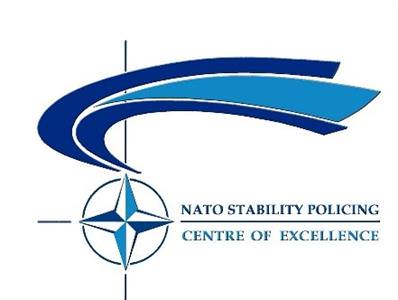NATO’S Gendarmerie-type Forces: a valuable tool contrasting hybrid threats in article 5 operations
The annexation of Crimea by Russia in 2014 and the consequent escalation of the Donbass war in Ukraine put NATO in front of a new reality regarding the way of conducting military operations at its Eastern border. Indeed in both the cases, the Russian Federation was able to successfully conduct a complex military operation based on the use of small teams of GRU Special Forces, elite regiments of conventional forces masked as unmarked “little green men” and local supporters used as saboteurs and agitators sustained by a massive cyber and propaganda campaign.
The complex plan at the base of the use of these forces has been described by the Alliance as a specific Russian version of Hybrid Warfare that mixed sophisticated typical state sponsored capabilities (like the use of special and conventional forces supported by cyberwarfare and electronic warfare tools) with unconventional capabilities (like popular violent or non violent protests by local civilian supporters) and acts of sabotage and subversion inside targeted state institutions.
As seen in Crimea and Donbass, the end state of this Russian hybrid strategy was the complete paralysis and subsequent collapse of the Ukrainian Law Enforcement and Defence capabilities in those areas with the practical impossibility for Kiev of activating any sort of self-defence response. Indeed, police and security services were overwhelmed and maneuver capabilities of the army were severely affected, not only by proper enemy units, but also by local hostile mobs that were organizing roadblocks and rallies on the main highways and railway networks.

Analysis written in the framework with the NATO Stability Policing Centre Of Excellence (NSPCOE)